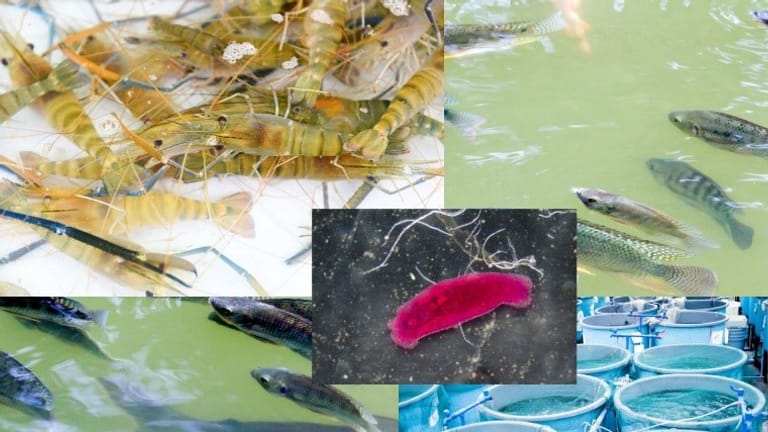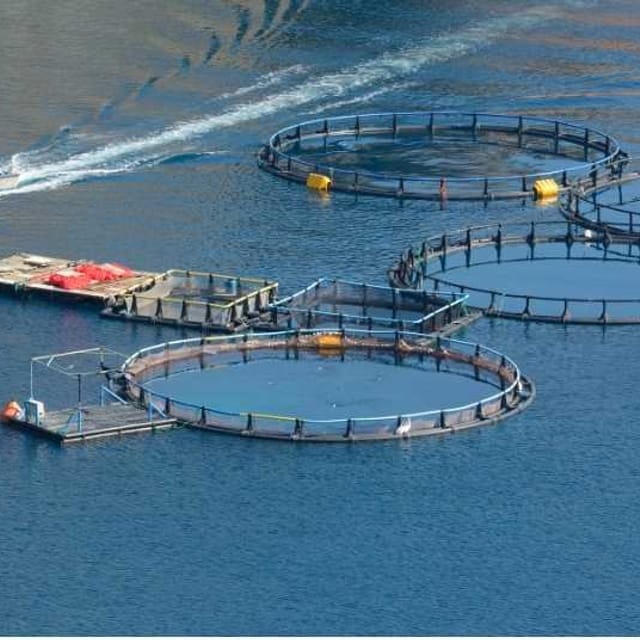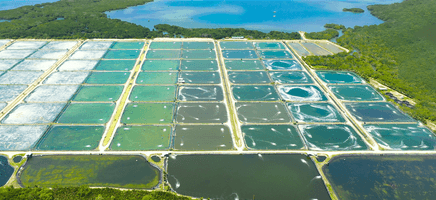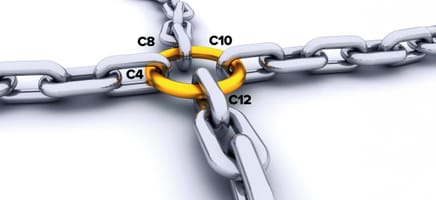
Managing Pathogen Pressure in Aquaculture
Pathogen pressure, particularly vibriosis, poses a significant challenge to aquaculture, affecting the health and productivity of aquatic species. Managing this threat requires proactive strategies to minimize infection risks and promote sustainable aquaculture.
Vibriosis, associated with Vibrio species, triggers disease outbreaks affecting various aquatic species such as shrimp, fish and shellfish. These outbreaks increase mortality rates, reduce growth rates and result in economic losses for aquaculture producers. In addition, the release of pathogens into nearby waters during outbreaks harms the aquatic environment and can promote the emergence of antibiotic-resistant strains.
In the pursuit of ensuring the vitality and sustainability of aquaculture, a multi-faceted approach has been adopted. This comprehensive strategy involves implementing measures to limit the impact of pathogens and strengthen the industry against diseases such as vibriosis. Stringent biosecurity measures, optimal water quality management, selective breeding programs, and a nuanced understanding of nutritional requirements are integral components of this approach.
One key aspect of nutritional intervention involves the formulation of balanced diets that support the immune system of aquatic species, thereby bolstering their ability to resist infections. Additionally, the strategic use of feed additives such as pre- and probiotics or mono- and diglycerides of short- and medium chain fatty acids, emerges as a powerful tool in promoting the overall health of aquatic organisms.
Feed Additives for Aquatic Health in Aquaculture Systems
Probiotics and prebiotics, through mechanisms like competitive exclusion, contribute to the enhancement of animal performance while actively combatting harmful microorganisms in the gut. Moreover, the inclusion of specific Mono- and diglycerides of medium chain fatty acids, has been proven effective against various pathogens, including Aeromonas spp., E. coli, Vibrio and viruses with fat-envelopes like rotaviruses and coronaviruses. Scientific research underscores the efficacy of these components, affirming their potential to fortify the defense mechanisms within aquaculture systems.

In conclusion, the amalgamation of several measurements, including the strategic use of feed additives like pre- and probiotics and monoglycerides, constitutes a comprehensive strategy for safeguarding the health and productivity of aquatic species in aquaculture systems. This holistic approach reflects a commitment to sustainable practices and underscores the importance of continuously evolving strategies to meet the challenges posed by pathogens, ensuring the longevity and vitality of aquaculture operations.
Elevate your aquaculture practices with XVET’s NovoVital and GrowAqua.
NovoVital, the power of Mono- and diglycerides of short- and medium-chained fatty acids, helps manage pathogen pressure. Paired with GrowAqua’s smart mix of pre- and probiotics, these ingredients boost aquatic species’ immune systems, ensuring resilience. XVET’s commitment to sustainable aquaculture ensures long-term success for your operation.

